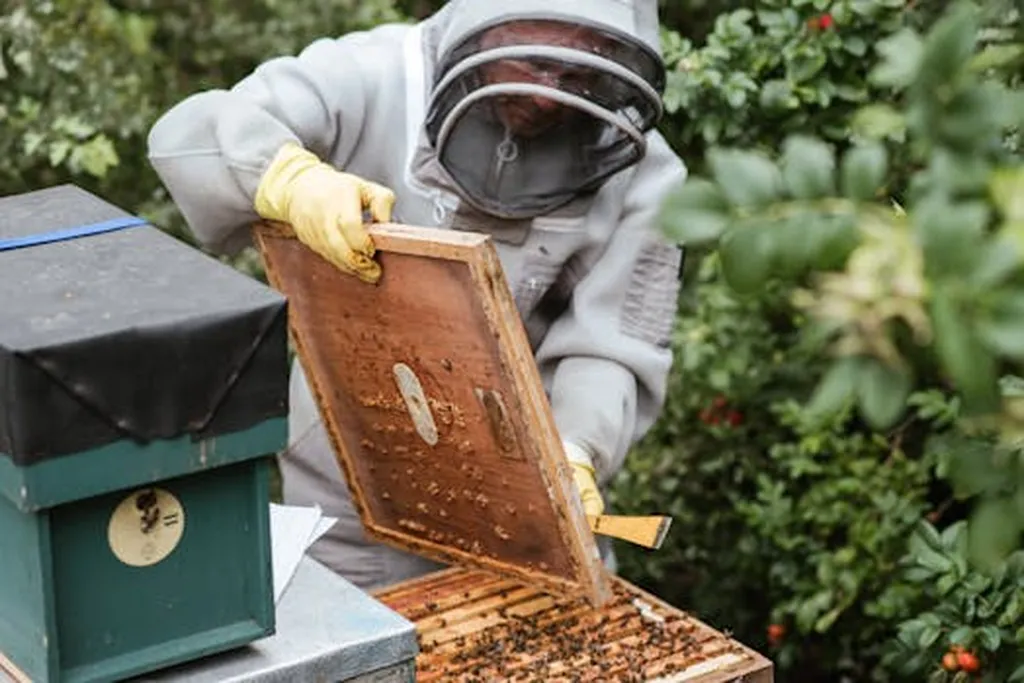In the ongoing battle against insecticide resistance, a new frontier is emerging from the microscopic world of proteins, offering promising avenues for sustainable agriculture. Researchers have uncovered that odorant-binding proteins (OBPs) and chemosensory proteins (CSPs), traditionally known for their roles in insect chemoreception, also play pivotal roles in mediating insecticide resistance. This discovery, detailed in a recent review published in the journal *Biology*, could revolutionize pest management strategies and bolster global food security.
Insecticide resistance has long been a thorn in the side of farmers and agronomists, threatening crop yields and agricultural productivity. While previous research has focused on mechanisms like target-site mutations and metabolic detoxification, the new review highlights the critical, yet often overlooked, roles of OBPs and CSPs. These proteins, it turns out, can directly bind to insecticides, regulate detoxification pathways, and even influence pest behavior, thereby modulating insect susceptibility to insecticides.
“OBPs and CSPs are not just passive players in the chemosensory system; they actively participate in the development of insecticide resistance,” said lead author Qian Wang, a researcher at the Zhejiang Provincial Key Laboratory of Biometrology and Inspection and Quarantine, College of Life Science, China Jiliang University. “Understanding their mechanisms can open up new strategies for pest control and resistance management.”
The review systematically outlines modern research strategies employed to investigate the functions of OBPs and CSPs, including high-throughput omics technologies, RNA interference, CRISPR-Cas9 gene editing, and molecular docking. These advanced techniques are paving the way for the development of novel insecticides and more effective resistance management strategies.
The commercial implications for the agriculture sector are substantial. By targeting OBPs and CSPs, researchers can develop more precise and environmentally friendly pest control methods. This approach could reduce the reliance on broad-spectrum insecticides, which often harm beneficial insects and contribute to environmental degradation.
“Targeting these proteins offers a more targeted approach to pest control, which can be more sustainable and effective in the long run,” Wang explained. “It’s a significant step towards green agriculture.”
However, the journey from laboratory discoveries to field applications is fraught with challenges. Future research will need to focus on multi-gene targeting strategies, cross-species functional validation, and field trial implementation to translate these findings into practical solutions.
As the global population continues to grow, the demand for sustainable and efficient agricultural practices has never been greater. The insights provided by this research could shape the future of pest management, offering new pathways for sustainable agriculture and ensuring food security for generations to come. With continued investment and interdisciplinary collaboration, the potential of OBPs and CSPs in combating insecticide resistance could soon become a reality, benefiting farmers and consumers alike.

